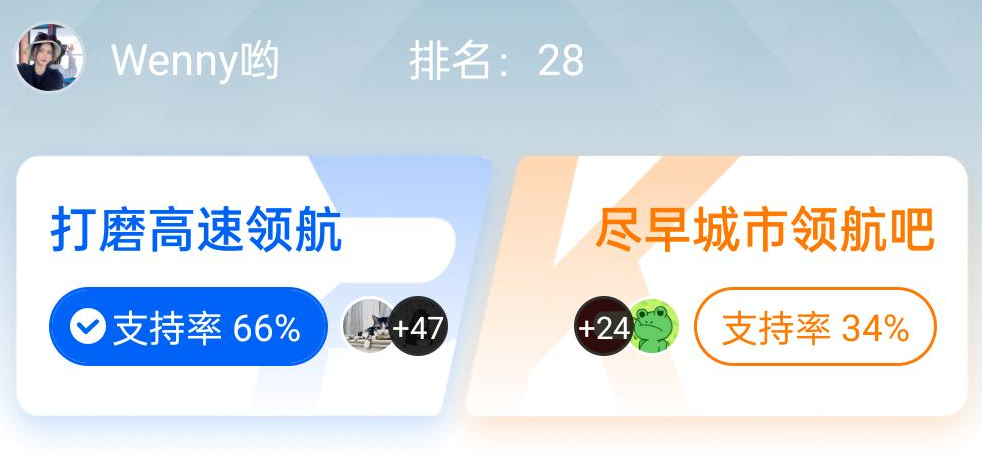Recently, more and more car manufacturers have launched models equipped with high-speed navigation assistance driving. The car manufacturers that have already mass-produced high-speed navigation assistance driving have also begun to push city navigation assistance driving towards mass production.
However, car companies are divided into two camps when it comes to continuing to polish high-speed navigation or planning city navigation:
- The “City Navigation Priority” camp, represented by XPeng, Tesla, Great Wall Haval, and Huawei’s HI.
- The “High-Speed Navigation Priority” camp, represented by NIO, LI, and RisingAuto.
Continue to polish high-speed navigation?
During a previous event, the product manager of LI’s intelligent driving product, L9, stated that while the hardware of L9 is very powerful, LI does not plan to rush to develop city navigation assistance driving. Instead, they will continue to optimize existing high-speed navigation corner cases, including static object recognition.

Although NIO claims to have “NAD autonomous driving” on its official website, it has not indicated that it will launch city navigation assistance driving. I guess this is because NIO’s users have a lower frequency of using the assisted driving function.
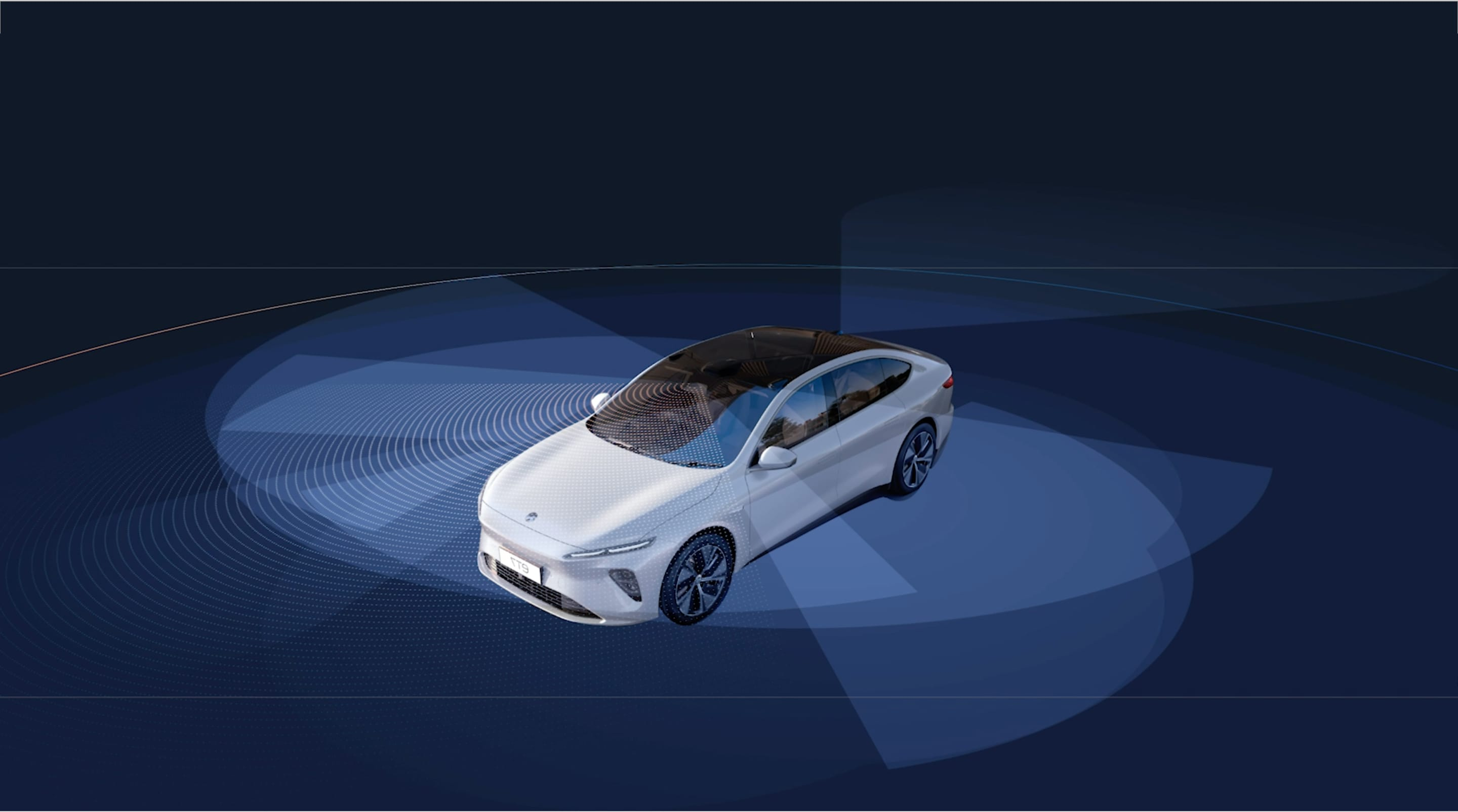
RisingAuto Automobiles also has powerful assisted driving hardware on its R7, but for RisingAuto, they still need to mass-produce the high-speed navigation function first.

We also initiated a discussion on the topic “Should car manufacturers continue to polish high-speed navigation or prioritize city navigation?” on our official website, app, and other platforms, which sparked lively discussion. Let’s first take a look at the opinions of netizens who support “continuing to polish high-speed navigation.”

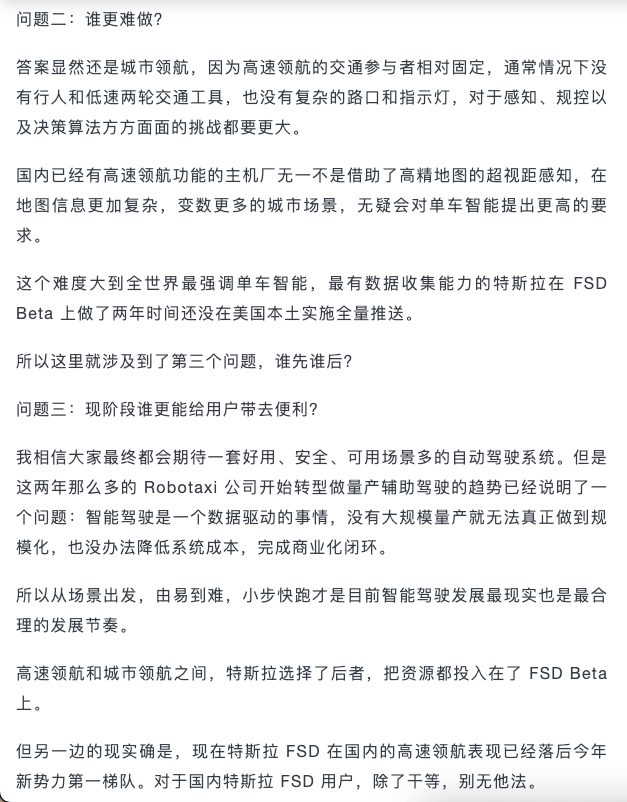
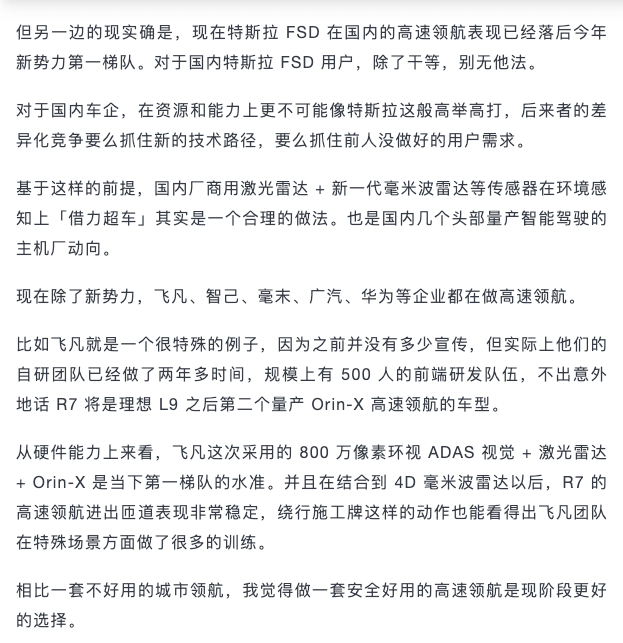
Our deputy editor-in-chief, Rinehart, has written a lot about it. Here’s a summary of the key points:
- City navigation is more valuable than highway navigation because it has more potential use cases than highway navigation.
- City navigation is more difficult to do than highway navigation because city maps are more complex, more participants are involved in the traffic, and road conditions are more variable.
- At the present stage, highway navigation is more convenient for users than city navigation because it has already become mature, whereas city navigation is just beginning. A set of immature city navigation functions will not bring convenience to users but will instead add to the trouble.


Our intelligent driving editor, Bobo, has also written a lot, and his main point is:
Although city navigation has higher theoretical usage rates, it takes more time and effort to do well than highway navigation. Highway navigation is a low-frequency need for most people but a high-value function, and it has not yet been widely popularized. Attracting more manufacturers to join this competition and further improving highway navigation will have a significant impact on the development of the entire industry.

Netizen Chamlimber has also written a lot, and his main point is:
Car manufacturers that already have highway navigation functions and assisted driving are in a leading position and can optimize their existing functions. For car manufacturers that do not yet have highway navigation functions, it’s better to start with highway navigation first since the difficulty of city navigation is significantly higher than that of highway navigation, and being usable and being well-designed are completely different things. We must not sacrifice quality for progress.
In summary, most of the viewpoints that support the continued improvement of highway navigation focus on the high threshold for city navigation and the fact that highway navigation is more valuable to drivers but not yet widely popularized.
Should we start city navigation earlier?
Introduction
XPeng Motors (XPeng) launched the world’s first mass-produced LIDAR-equipped vehicle, the XPeng P5 in 2021. After almost a year, XPeng is about to release the City Navigation Guidance Pilot (CNGP) function on the P5 LIDAR version. If everything goes well, the XPeng P5 will become the first mass-produced car in China with the City Navigation Guidance function online.

Although Tesla cannot use the FSD in China, it has released multiple beta versions in North America. From the demonstration videos in North America, its ability is very powerful.

Earlier this year, Momenta announced that the urban NOH function would be launched by the end of the year. At the recent AI DAY, Momenta detailed the urban NOH function. We believe that in the near future, we will see mass-produced cars with this city navigation function.

Last year, Huawei’s HiCar Alpha S HI version of the City Navigation Guidance demo video became popular overnight, which raised expectations about Huawei’s assisted driving ability. In May of this year, we conducted another road test of it, titled “Try HiCar Alpha S new HI version, what’s the status of Huawei ADS?”
Now, the Alpha S HI version has been delivered, but unfortunately, the City Navigation Guidance function cannot be used on the road due to various reasons.
Feedback from Netizens
Next, let’s take a look at the opinions of netizens who support the “earlier implementation of the City Navigation Guidance” function.

Netizen Dongfang Qingyuan said:
“My opinion is to suggest to push out the City Navigation Guidance sooner, and then put the obstacle avoidance ability of the urban assisted driving down to the high-speed navigation assistance.”
 A netizen named MaxDrive said:
A netizen named MaxDrive said:
Compared with the high-speed navigation feature, the urban navigation feature is the real challenge. If we have to do it sooner or later, and we don’t want to fall behind, then we must launch the urban navigation feature as soon as possible! The earlier we launch it, the more data and models we can accumulate, which means we will have higher technological barriers. In fact, the FSD has already taken the lead in technology by a generation. They already do not deliberately differentiate between high-speed and city scene!

Netizen xyh said:
We should launch the urban navigation feature as soon as possible. Currently, top-tier manufacturers offer high-speed navigation features, and drivers only need to follow the relevant regulations, which can satisfy most usage scenarios. From the perspective of brand operation and product power of top-tier manufacturers, the next competitive area should be the “urban navigation feature”. We should launch it as soon as possible and lay out the plan to grasp more chips in the next stage. In addition, the breakthrough in the urban navigation technology can also subsidize the use of high-speed navigation.
As we can see, the viewpoint that supports launching the urban navigation feature as soon as possible does not mean immediately being able to “not drive the car by ourselves” as soon as it is launched. Rather, it means that, by accumulating various data in the city, we can further adapt to more road scenarios. One reason for this is to increase the technological barriers of manufacturers, while another reason is that the data can be subsequently used for high-speed navigation, enhancing the vehicle’s high-speed navigation ability.
My opinion
Regarding this topic, I have stated my own opinion.
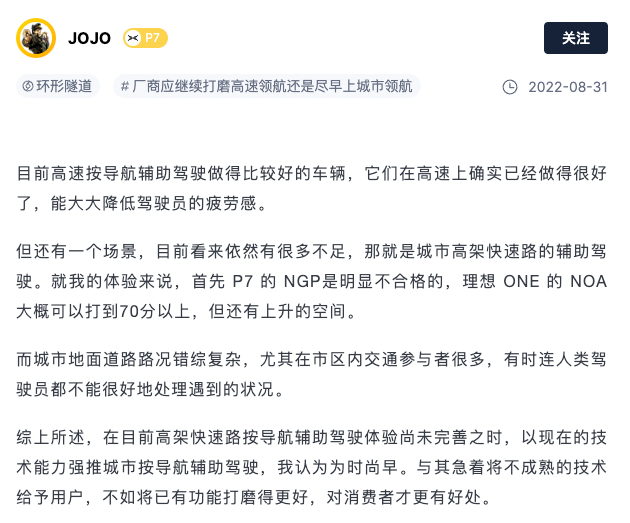
First, I support “continuing to polish the high-speed navigation feature”. However, my opinion is slightly different from the other two parties’ opinions. I believe that, besides high-speed roads and city ground roads, manufacturers seem to have overlooked another important scenario — urban elevating expressway.
Using my route home from work as an example, it includes four city expressways: “Yanan Elevated Road”, “North-South Elevated Road”, “Inner Ring Elevated Road”, and “Middle Ring Elevated Road”. In the evening, I conducted actual tests with the NGP function of the XPeng P7 and the NOA function of the Ideal ONE on the same route.
As a result, the XPeng P7 almost made me give up using the NGP function, mainly due to the following disadvantages:
- Its lane-changing strategy on the elevated road is difficult for me to understand and often changes to slower lanes.
- Once, when the car behind me was very close on the adjacent lane, it performed a dangerous lane change, which scared me a lot.
- It ignored the speed set by the driver, arbitrarily adjusted the limit speed, and even mistakenly adjusted it to the ramp limit speed.
- Three times signaled for taking over when exiting the ramp, with a successful vehicle exit rate of 0.
The Ideal ONE’s NOA function performed better, mainly in the following aspects:- Lane changing will not happen randomly, the vehicle will request permission from the driver before executing the lane change.
- Speed regulation will not happen autonomously, it is based on the driver’s presets, and it supports setting a deviation value that can be manually set to greater or less than the current speed limit.
- The success rate of exiting an expressway is high, with only one failure in three attempts.
However, there are still two issues with the Ideal ONE:
- Weak cornering ability: When taking high-speed turns with a large angle, the vehicle will reduce its speed, and the ability to navigate through high curvature corners is concerning, making one want to take control.
- When exiting an expressway, if there are two exits separated by a branch, the vehicle will choose to merge into the rightmost exit, and there is a suspicion of illegal continuous lane changes. The most extreme example occurred when exiting an expressway, where the steering wheel automatically turned almost 90 degrees, resulting in the car hitting the wall of the rightmost exit and causing an accident.
In summary, at present, the majority of mass-produced vehicles’ high-speed navigation functions are still mostly in an “unavailable” state. Even for top manufacturers, the experience is somewhat worrying and even makes me think of only using the lane-keeping and turn signal change functions.
Conclusion
Logically speaking, after completing the high-speed navigation function, automakers should continue developing the city navigation function, but is the current high-speed navigation function really good enough? My answer is no.
The high-speed navigation function launched by top automakers actually includes the “highway navigation” function. When users purchase a vehicle and want to experience the navigation function, sales personnel often take them on a predetermined test ride route, which happens to be the city’s elevated road.
I still remember clearly that before and after the purchase of the XPeng P7, I experienced the NGP function twice (I did not purchase NGP myself), and both times there were problems.
One time, when travelling south to north on the Central Ring Road, just before entering the Jingu Road Tunnel, the vehicle suddenly displayed a warning of a stationary object ahead but did not brake. In reality, there was nothing in front of it. The other time was on the Nanpu Bridge, where the vehicle needed to change lanes to the right, but there was heavy traffic at the time, and the vehicle flicked its turn signal for more than 2 minutes without successfully changing lanes.
Clearly, automakers have not yet achieved the level of “user-friendliness” for even high-speed, elevated road navigation. Now they are introducing city navigation function, which is rushed and how can they make users trust and use this function safely? Personally, if I were given a vehicle with city navigation function, I would be cautious about using it on relatively open city roads. However, I would not dare to use it on a road where there is a large number of pedestrians and non-motorized vehicles.
Moreover, even the city navigation function is only at the level of L2 assisted driving, and it is far from true autonomous driving. This means that once an accident occurs, the owner will bear all the responsibility. It takes great courage and confidence to entrust the safety of all passengers in a vehicle to a mere L2 assisted driving. Safety is always the most important thing when driving on the road.Finally, I sincerely hope that manufacturers can equip their vehicles with a set of software and hardware that is capable of urban navigation at the time of delivery. But what I hope even more is that manufacturers can repeatedly emphasize to car owners when handing over the car keys, “Do not rely on it too much“.
This article is a translation by ChatGPT of a Chinese report from 42HOW. If you have any questions about it, please email bd@42how.com.
